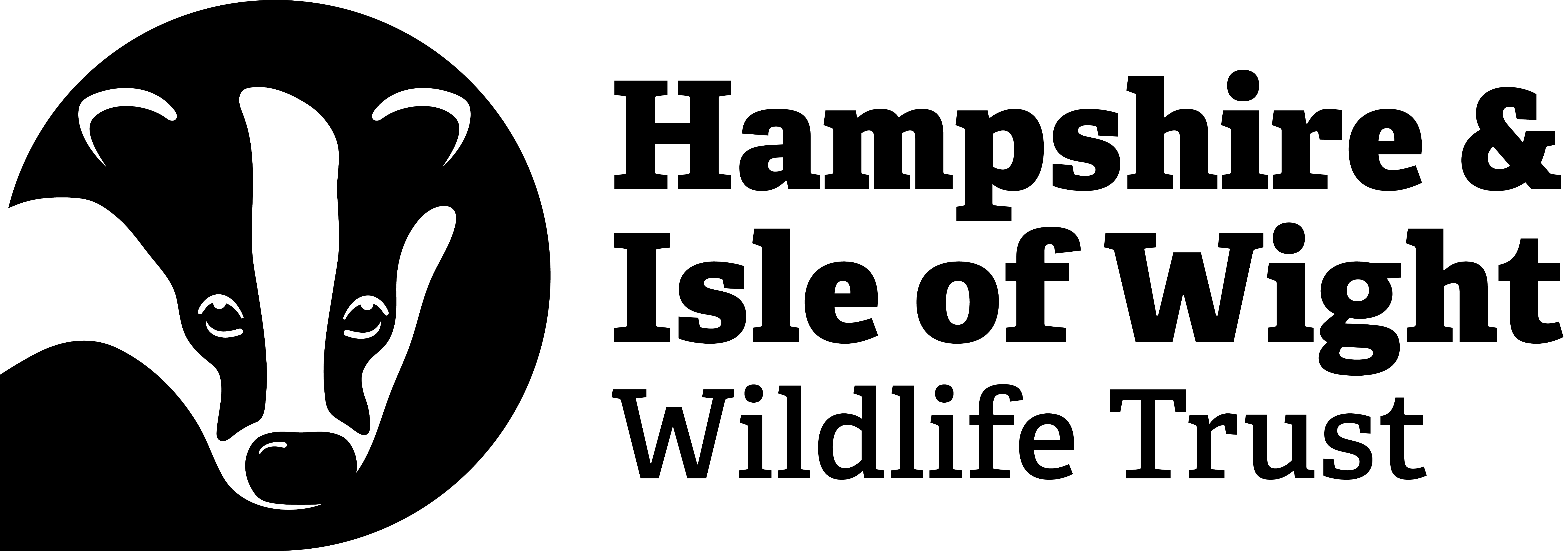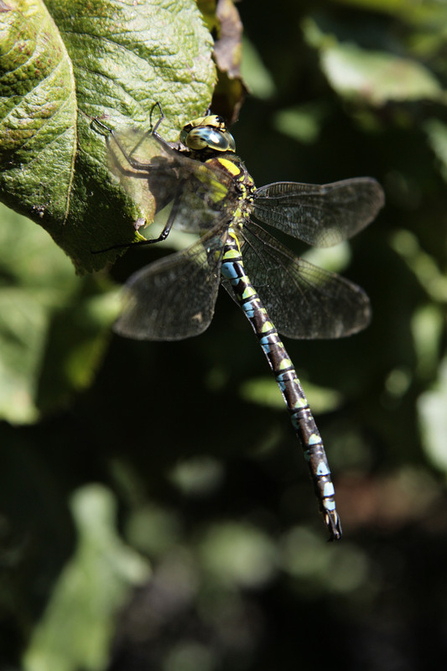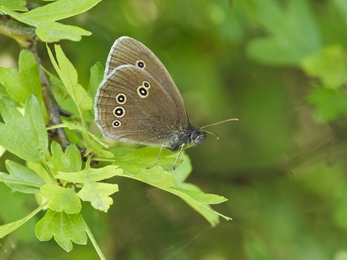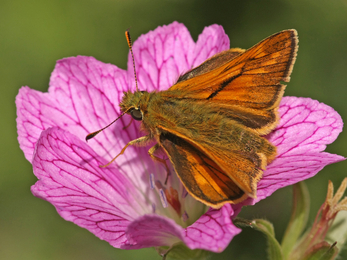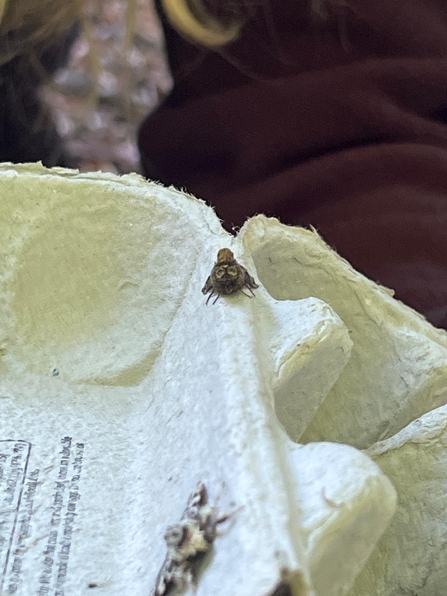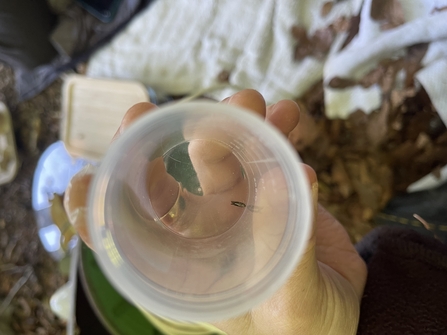Written by Eloise Jenninger - Community Ecologist Intern
Early August, on an Odonata survey, we were set to count damselflies and dragonflies for our second time. The first day we tried, a storm broke out so there had been no option but to cancel. This time, we were hoping that it would be a better day. For an odonata survey, we were supposed to have at least 60% of sun. A cloud cover and a light breeze could easily discourage any adventurous damselfly.
Unfortunately, that was exactly what happened. The only Odonata we saw was one single southern hawker. Most of the ponds had dried up as well, not the best conditions…
